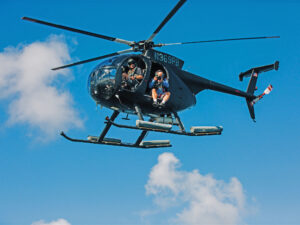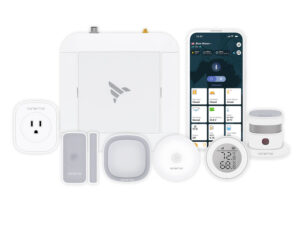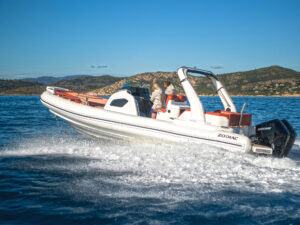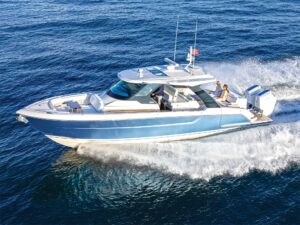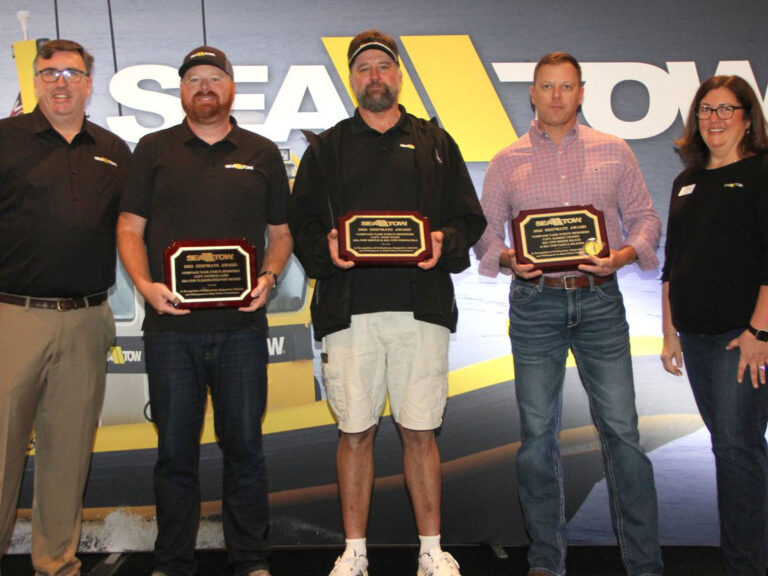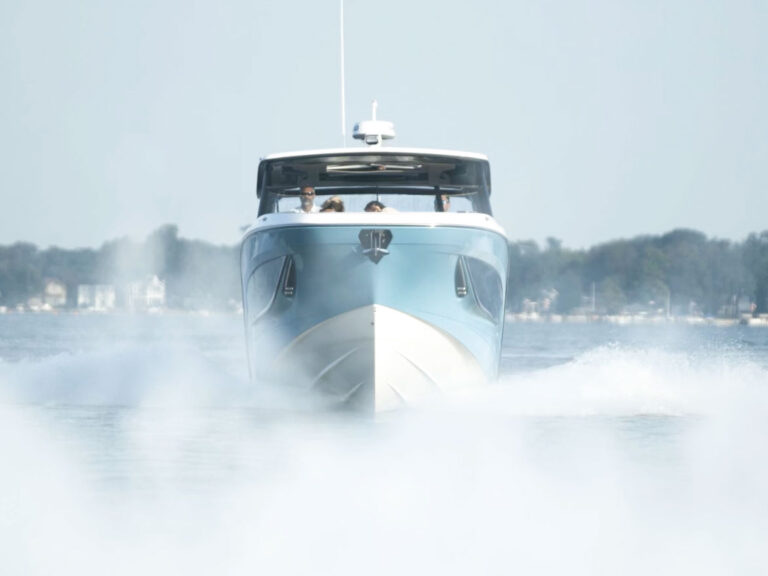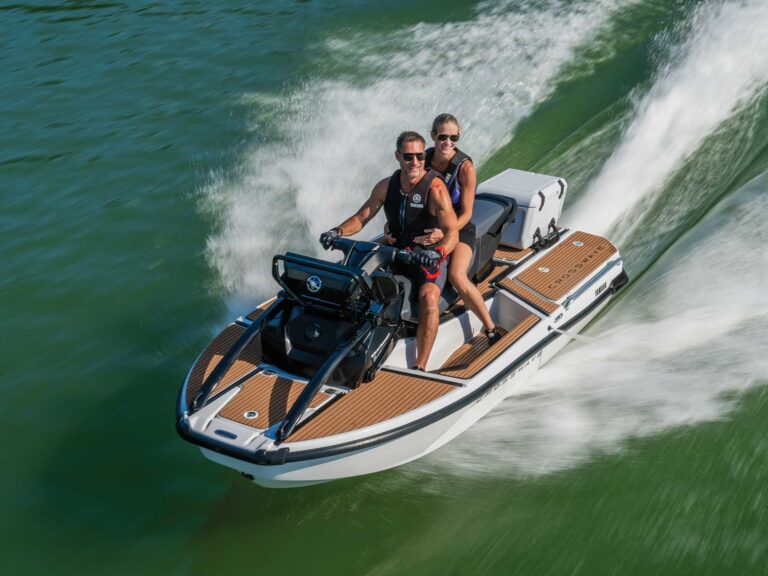
On April 1, 2021, a new federal boating law went into effect, one that requires the use of an engine cutoff switch (ECOS; ECOSL refers to the “link” to the switch, which may be a lanyard or a wireless electronic device) aboard boats less than 26 feet in length and capable of producing more than 115 pounds of static thrust.
Since nearly all new powerboats—and pretty much all boats built in the past four decades—have an engine cutoff switch with a lanyard installed by the manufacturer anyway, it’s nothing new. The full text of the law and how it might apply to you can be read in our story at boatingmag.com/ecos.
But what if a boat owner with an older vessel—or older engine—wants one? Can an ECOS or ECOSL be retrofitted to a vintage marine engine?
Yes, an ECOS can be retrofitted to most any engine, even really old ones. These are readily available on the aftermarket. Check out T-H Marine’s Saf-T-Stop Kill Switches ($37, thmarinesupplies.com) and the Sierra Emergency CutOff Switch with Coiled Lanyard ($26.99, westmarine.com). Installation is typically easy for any modern CD ignition engine, and just a little bit more involved for any older engines with points or condenser-style ignition systems.
To mount the switch, a location near the helm (ideally near the ignition key switch) is best. For tiller-operated outboards, mounting the ECOS near the tiller or on the front face plate of the engine is best. A 1/2- or 5/8-inch-diameter hole is drilled, and the switch gets fitted to the hole and secured with the supplied mounting nut or mounting plate.
Most switches provide a wiring diagram that’s easy to follow. The two switches referenced here each have two wires protruding from the rear of the switch housing. On most engines with capacitor discharge ignition (CDI) systems, the switch is wired in between the ground circuit (black wire) and the engine stop circuit wire (black with yellow stripe). Older (mid-1970s and prior) Mercury, Johnson and Evinrude outboards have different ignition wiring colors; follow the instructions in the kit for your engine. For older engines (both outboard and inboard) with points and condenser ignition systems, one wire from the ECOS must be wired to ground; the other wire connects to the points. If there is more than one set of points (such as 1950s to 1970s twin-cylinder Johnson and Evinrude outboards), both sets of points must be wired to the ECOS.
Be sure to make good connections and protect them with liquid electrical tape or heat-shrink tubing. If your switch wires must pass through metal (the engine shroud or aluminum dashboard), be sure to protect them with a rubber grommet. Test your installation by starting the engine and pulling the ECOSL to ensure the engine stops immediately. For the ECOS to work, the lanyard must be connected to the captain!

Wireless Tech
Tired of the traditional lanyard? A wireless ECOS is available from Fell Marine (fellmarine.com). It provides the safety and peace of mind of an ECOS lanyard and complies with the new laws, but there’s no bothersome tether to get in the way. This is a good solution for those who prefer a less cluttered helm or who boat solo. The system can be wired in a manner that preserves the functionality of the original ECOS lanyard as a backup. To learn more, visit boatingmag.com/installing-remote-boat-engine-kill-switch.

